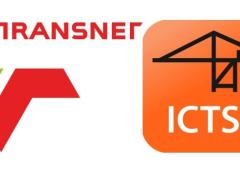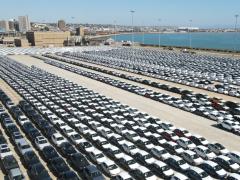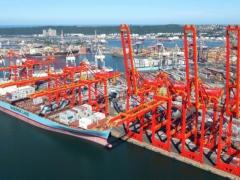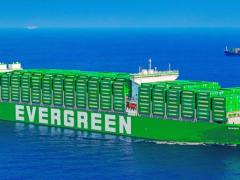There is no doubt that the current road infrastructure in the country will not be able to cope with the future supply chain demand, necessitating a mode switch by various industry role-players if they want to continuously and sustainably develop South Africa’s freight industry. This is just one of the challenges facing Pick ’n Pay in the near future when it comes to moving goods by road, says Cobus Barnard, general manager: supply chain for the retailer. “Road has been our key mode of transport as it has allowed us to effectively deliver to each store regardless of where it is situated. “In recent months, however, we have met with rail stakeholders to discuss using rail if and where possible, but for the meantime we will still only be using road – for the movement of our imported goods as well as the delivery of all our store merchandise.” Like many other companies in the country Pick ’n Pay is not unwilling to move its cargo to rail, but the mode has to be reliable and trustworthy at all times. And in its present format it is just not a viable or effective option. “Road remains a reliable means of delivering on time not only to our South African stores but also our stores in neighbouring countries such as Botswana, Zimbabwe and Swaziland.” Currently in the process of opening a new store in Zambia, which is expected to be operational before the end of July, Pick ’n Pay is finding itself entering the cross-border market where road is even more important due to the complete lack of rail infrastructure in southern Africa. “We will be trucking most of the produce, including the perishables,into Zambia and will use airfreight for very specific and urgent deliveries. This is the first major store we are opening outside South Africa bar the shops we have in Namibia and Botswana and we are very excited. Of course we are expecting some teething problems that will come with its own set of challenges, but we are convinced that this expansion strategy will stand us in good stead.” Barnard believes it is imperative for companies to continuously focus on the value add that can be created by focusing on one’s supply chain development. “Supply chain is a key enabler to drive efficiencies out and in so doing, reduce one’s overall cost to supply.” In a post-recession South Africa it is even more opportune to look at initiatives that drive out cost especially when it comes to transportation, which remains a high cost factor for any retailer. ”The recession has forced us to look at implementing initiatives much quicker than we had anticipated. It is about finding ways to improve on shelf availability.” According to Barnard one of the ways Pick ’n Pay has decided to achieve this is by implementing a new regional centralised distribution model. “Until now our suppliers have delivered goods directly to stores. Our new model means that grocery suppliers will in future deliver to our network of regional distribution centres, while general merchandise will be delivered to our distribution centre in City Deep, Johannesburg. Selected suppliers are already centrally distributing product to our inland stores through our Longmeadow distribution centre in Gauteng.” This is a major change for the company, says Barnard. “Our competitors have been using this model for some time. “We are rapidly implementing centralised distribution and are very positive about the change and our expectations around it.” For Barnard it is all about bringing about an efficient supply chain where one can sustainably balance cost and acceptable service levels to one’s customers. “In a retail environment it comes down to the balance of on-shelf availability, inventory holding cost as well as the ability to replenish your stores as and when stock is needed in a cost-effective way – all to service our customers better.”












